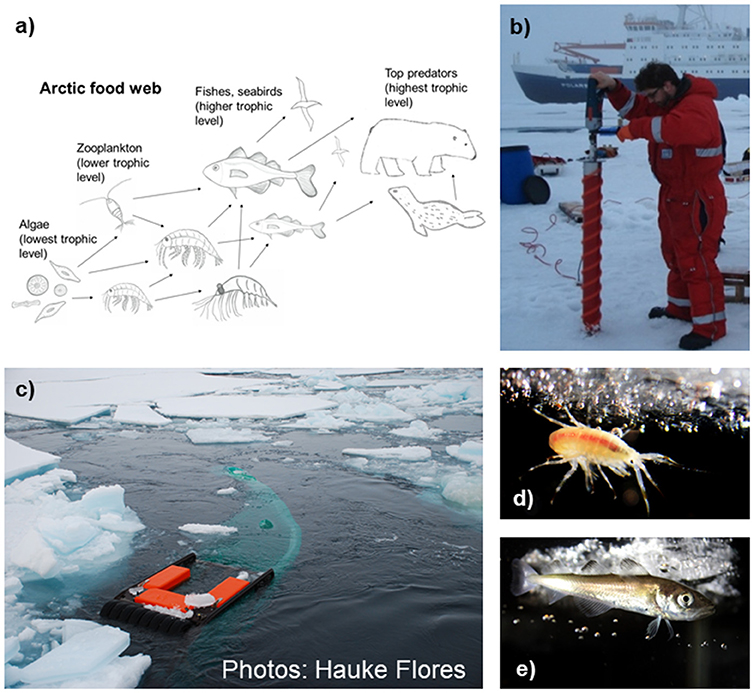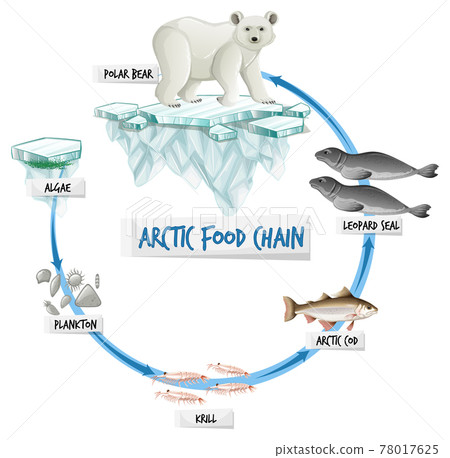How Melting Arctic Sea Ice Can Lead to Starving Polar Bears Frontiers Biology Diagrams Food and Food Chains. Food during the Ice Age was a challenge due to the weather conditions extreme. Animals had to compete fiercely for available resources. The Trophic chains of the time were complex and some were maintained only by the delicate balance that sustained polar biodiversity. Reconstructing ice age diets reveals unraveling web of life Recreating 130,000 years of mammal food webs shows scope of biodiversity crisis HOUSTON - (Aug. 25, 2022) - Research published this week in Science offers the clearest picture yet of the reverberating consequences of land mammal declines on food webs over the past 130,000 years. The first humans who spread across North America during the last Ice Age put mammoths at the top of their menu, according to scientists who secured the first direct evidence of the diet of these

Meanwhile, paleontologists were uncovering the bones of ice age woolly rhinos, horses, and bison that would have needed generous amounts of food to keep their massive bodies fuelled up. The Ice Age diet emphasized simplicity and minimal processing, allowing the natural flavors and nutrients of the food to do the most good. Modern-Day Foraging for Ice Age Ingredients. While we may not live in the Ice Age anymore, the practice of foraging for food has made a comeback in recent years.

When It Came To Food, Neanderthals Weren't Exactly Picky Eaters Biology Diagrams
soft and warm, so Ice Age hunters may have trapped them for their furs. Their teeth were often used by Ice Age people for jewellery. Height: 0.3m (shoulder) Weight: <10 kg Diet: Carnivore Range: Eurasia & N. America Height: 0.7m (shoulder) Weight: 25 kg Diet: Carnivore Range: Eurasia Lynx stalk their prey and During the Ice Age, it seems Neanderthals tended to chow down on whatever was most readily available. Early humans, on the other hand, maintained a consistent diet regardless of environmental changes. The Ice Age was a period of gigantism with mammoths dominating the landscape on the edge of the glaciers Image by Mark Marcuson, The animals that dominated the landscape were huge. This was the period during which giant mammoths, camels, muskoxen, horses, bison, bears, and large cats. The top of the food chain in this era included
